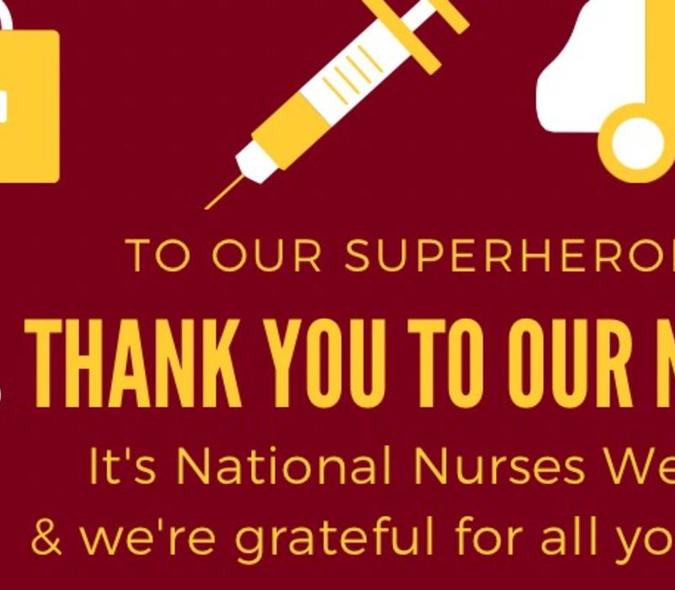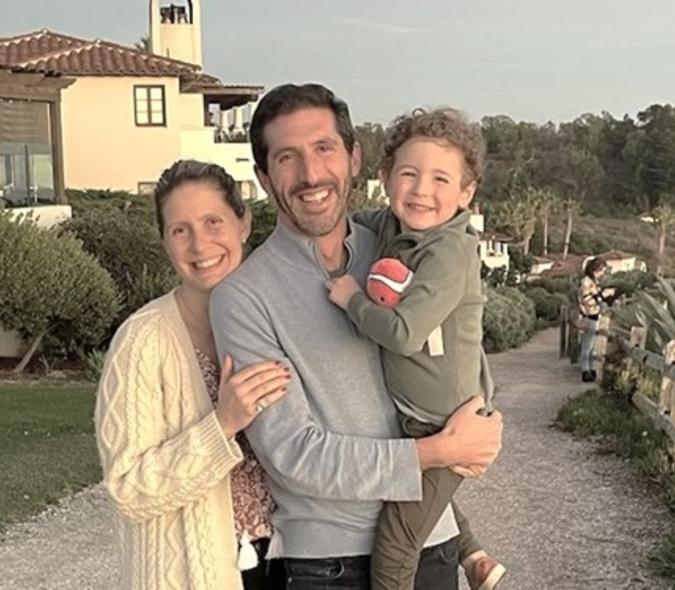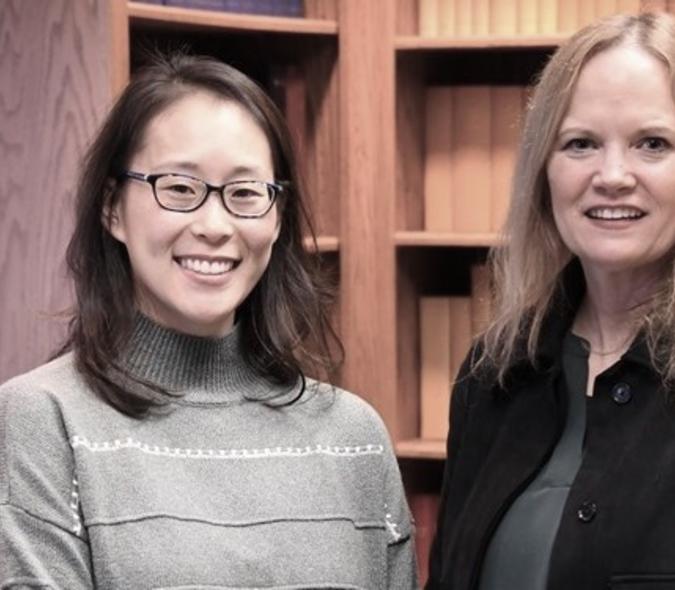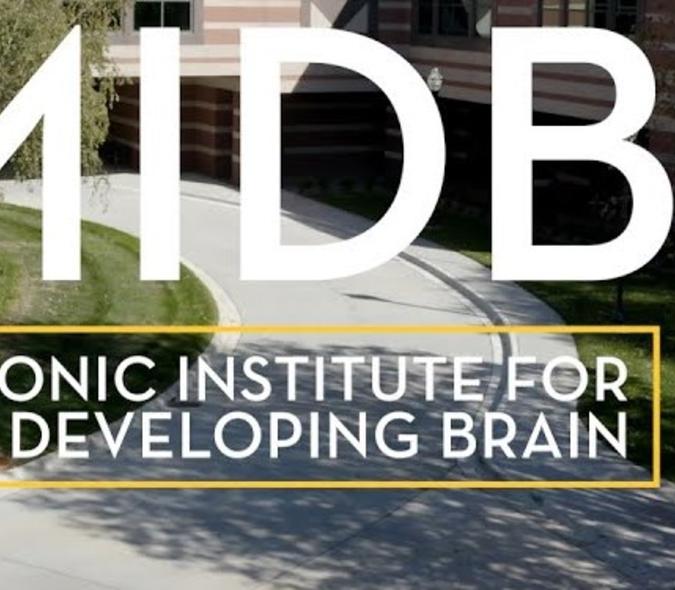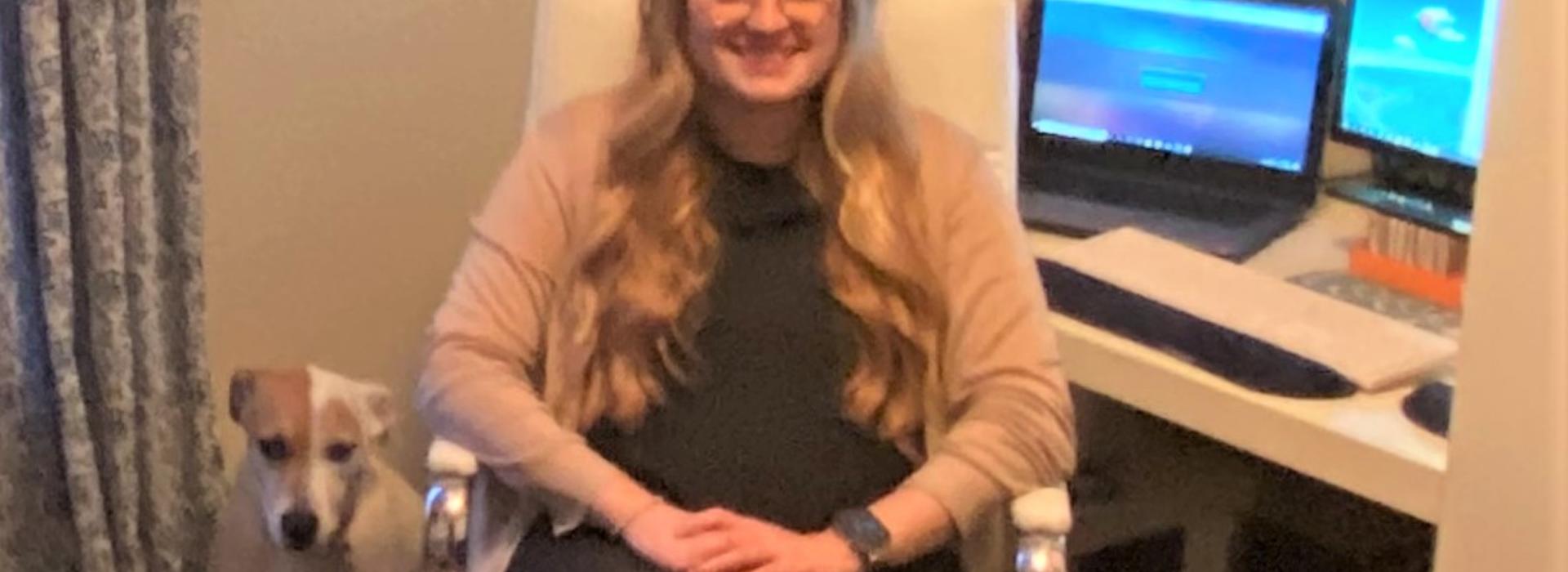
Nurse practitioner feels she is meeting a significant need in mental health care
Elinor Chase-Andresen, DNP, PMHNP-BC, APRN, RN, PHN, is a board-certified psychiatric mental health nurse practitioner (NP) who works with children and adolescent outpatients at M Health Fairview’s Riverside Clinic in Minneapolis, MN. She is one of more than 290,000 nurse practitioners licensed in the United States.
According to the American Association of Nurse Practitioners, NPs provide a full range of services, such as ordering, performing, and interpreting diagnostic tests; diagnosing and treating acute and chronic conditions; prescribing medications and treatments; and managing overall patient care. They conduct more than one billion patient visits each year.
Helping patients function better
In her role, Elinor thinks a lot about the systems her patients are affected by — systems such as their families, schools, sports or extracurricular activities, and their communities. “My primary role is that of care coordination,” she said. “I ask myself questions such as, can medication help the child function better in the systems in which they participate?”
She also thinks a lot about how she can help those systems better support her patients. “I work with schools to develop individual treatment plans to help the child succeed,” said Elinor. “I also make referrals for therapy and other services. These kids need a lot of care.”
Elinor took an unusual path to becoming a nurse practitioner. “I earned a Bachelor’s in psychology at Minnesota State University in Mankato, Minnesota, and intended to pursue a PhD but decided I would miss the medical piece as a result,” she explained. “After working in early education for a bit, I changed course to pursue a nursing degree with the intent of becoming a nurse practitioner.” She would ultimately complete a Master of Nursing at the U, which was how she became a registered nurse, and then completed the Doctor of Nursing program.
Elinor worked as a psychiatric nurse all the way through her schooling, which always had an emphasis on mental health. “I was drawn by the idea of meeting a need in the community,” she noted.
Disruptive innovation
From her perspective, the role of nurse practitioner is an example of a disruptive innovation in healthcare. “There was a lack of providers and there weren’t enough programs or enough help for people to go to school to support the need,” said Elinor. “The nurse practitioner role came from that. “The idea was to educate nurses who were already trained as medical professionals to become providers a bit faster than an MD.” She believes the role has met a significant need, especially in mental health.
Unlike other nursing professionals in Minnesota, nurse practitioners are independent and can treat their own patients and prescribe medications (rules differ in other states). When they complete their education, Minnesota NPs spend a year in what’s known as a collaborative agreement with a licensed provider. In Elinor’s case, she worked with Department of Psychiatry and Behavioral Sciences Associate Professor Katie Cullen, MD, “We met regularly to discuss case studies and patient treatment plans,” Elinor said.
It’s hard
For those interested in becoming a nurse practitioner, Elinor has two words, “It’s hard.” Like anything worth doing, though, she believes you need to create the space for it. “There is never a perfect time to do it,” she said. “Just know that every once in a while, you’ll have to remind yourself about why you’re doing it.”
The typical nursing culture of one of overwork and lack of sleep, which led Elinor to discover that she couldn’t keep up with her usual schedule while she was in school. To remedy the situation, she took a half-time role. “I became the licensed provider for a behavioral health home [BHH],” she said. “Behavioral health homes are not physical spaces. They are part of a program reimbursed by state funding to better integrate medical and mental health services.”
Advocating for change
When Elinor took on the new role, the BHH program was in its pilot year. “It hadn’t been developed well with the pediatric population in mind,” she said. “Many of the state requirements were not in line with the needs or common practices for children’s mental health services.” Elinor worked closely with the Minnesota Department of Human Services to change these requirements so that children and their families could be better served by the state initiative. “This switched my nursing focus from direct patient care to program development and to what was happening in the state legislature,” she said.
The experience gave Elinor another valuable perspective. “It helped me better understand the big picture and how we might want to change the overall system within which we have to work,” she said.
Disruptive innovation seems to come naturally to nurse practitioners.
